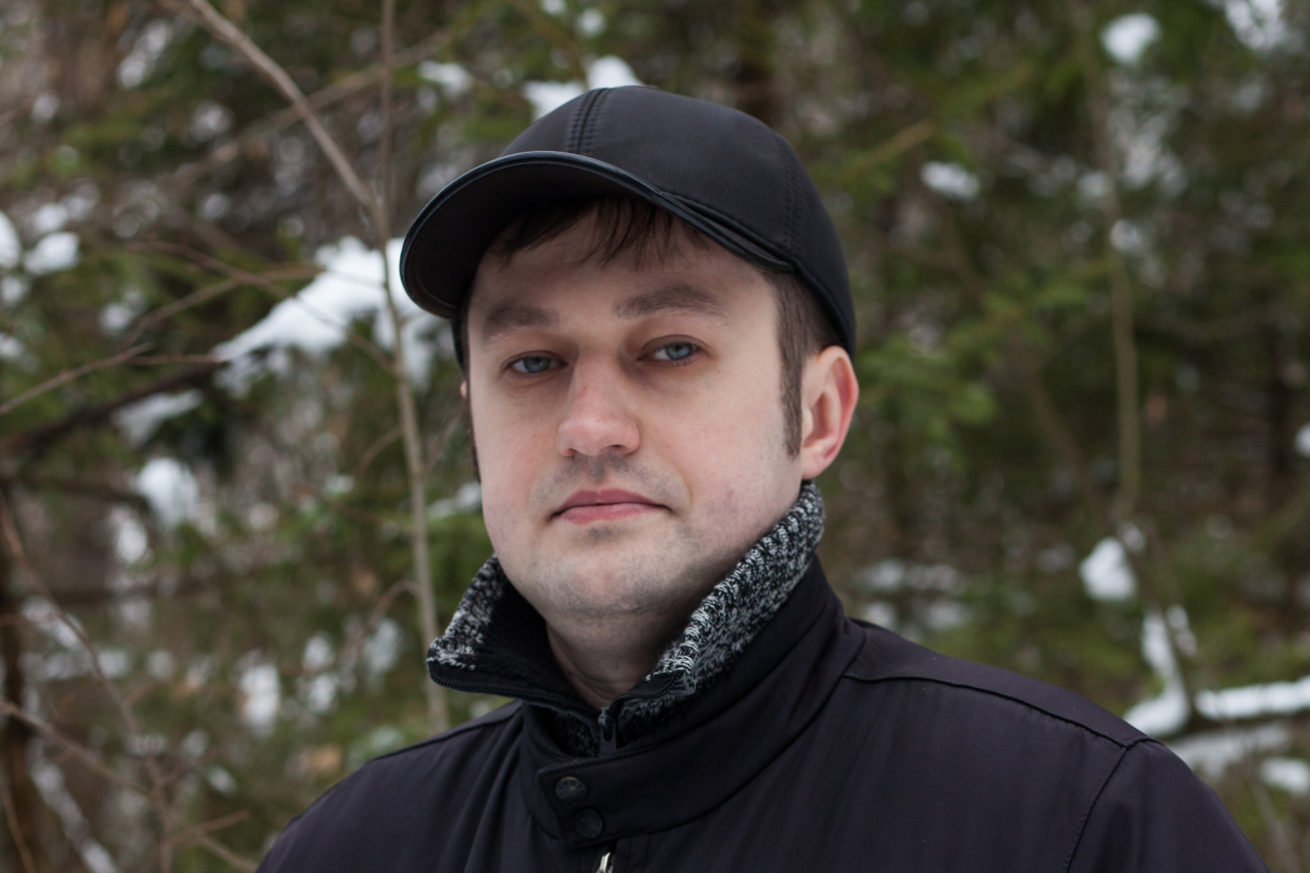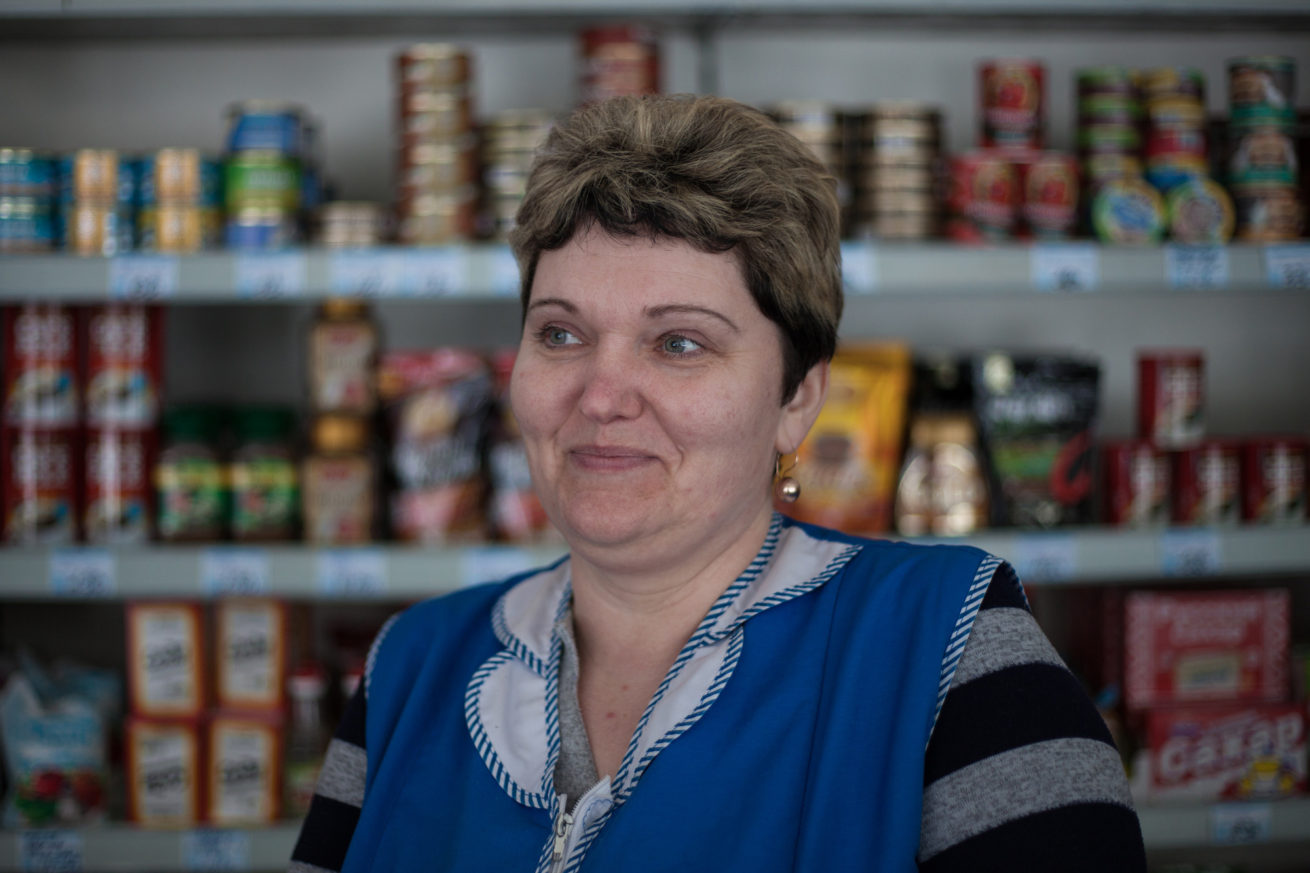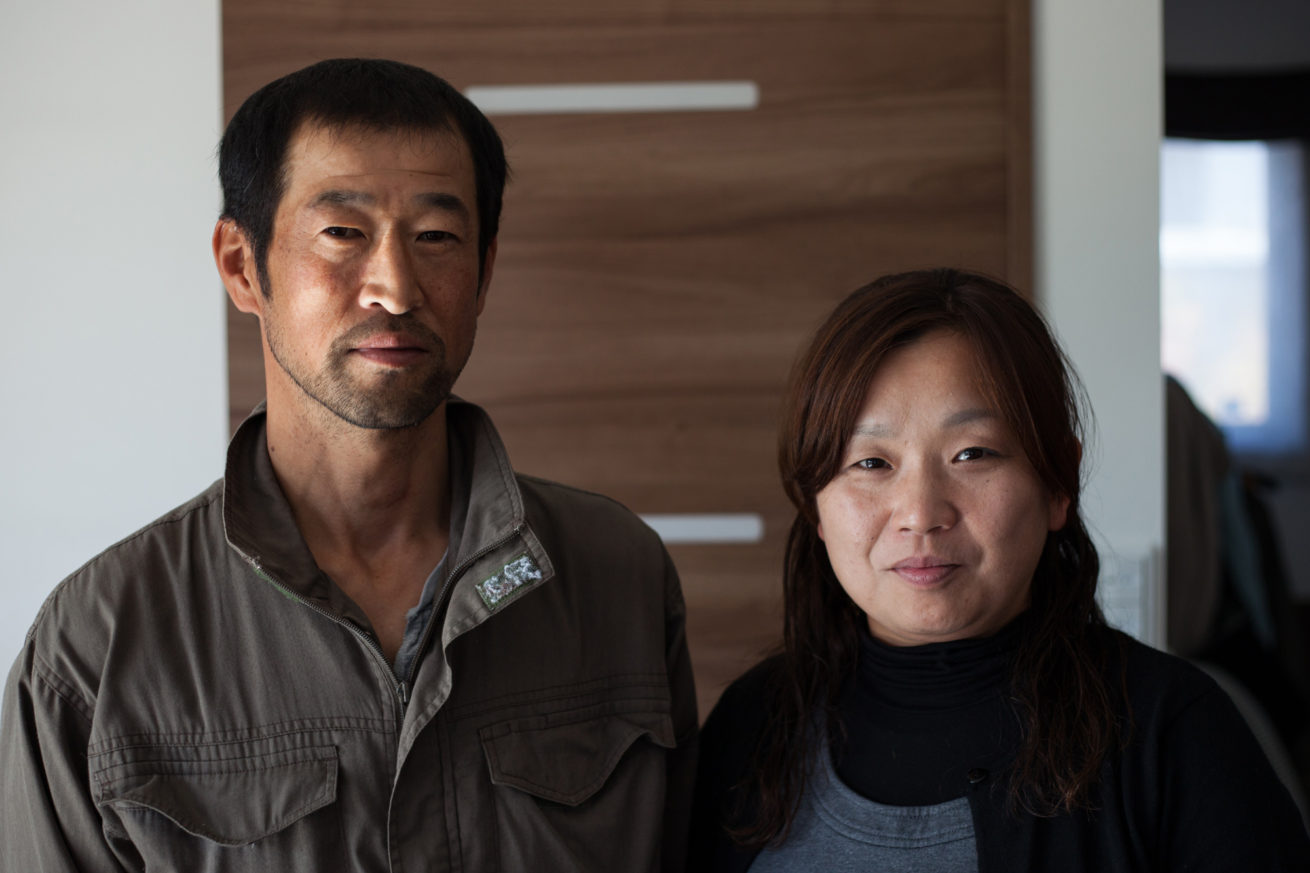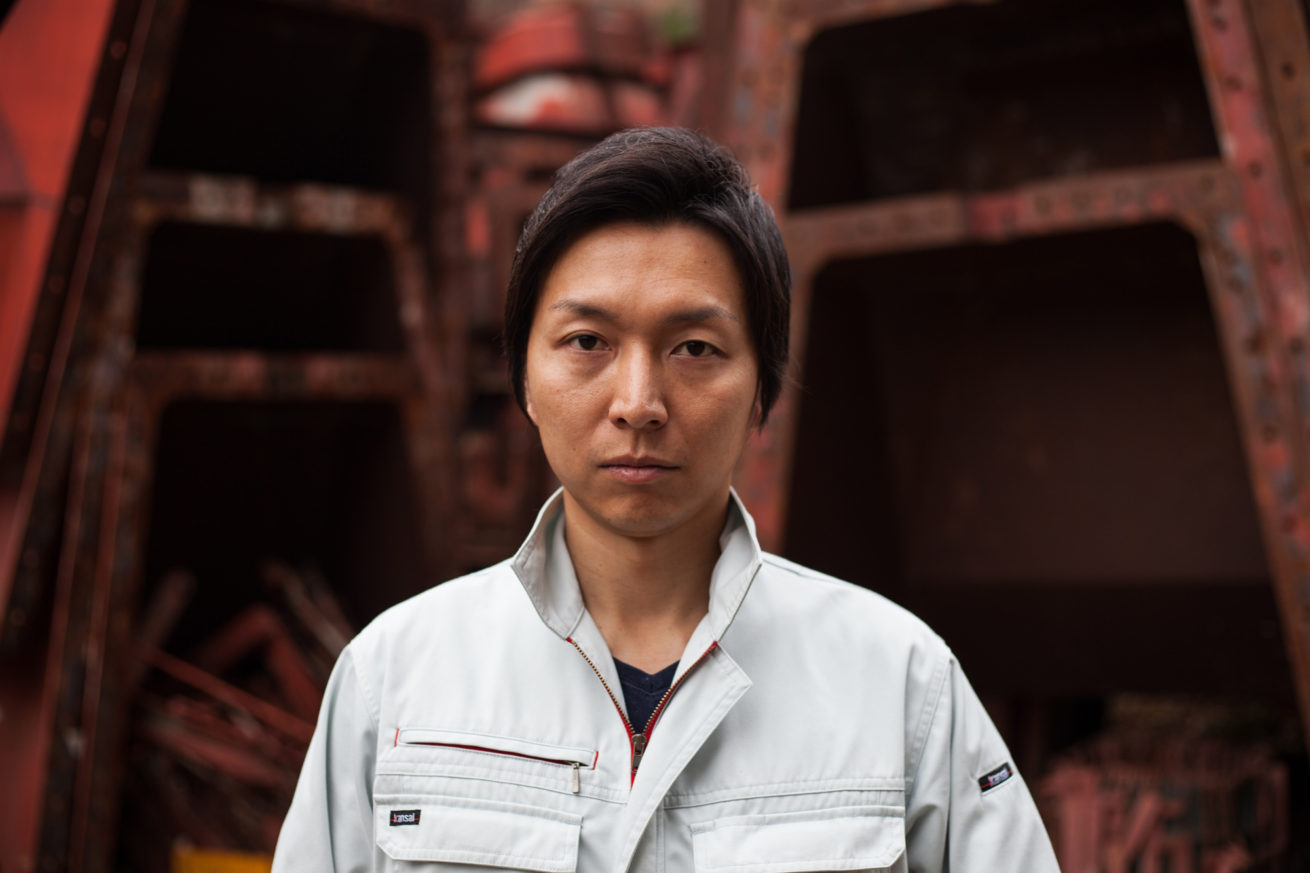Just like the anti-tobacco campaigns of the late 20th century, doctors are sounding alarms about the health risks of poor air quality in our cities, and through Unmask My City – a new initiative developed by the Global Climate and Health Alliance and my organisation, the Global Call for Climate Action – are aiming draw attention to the public health crisis air pollution is driving.
My Fukushima and Chernobyl light painting photographic project is appearing in France’s Polka Magazine this month.
Forests make decontamination efforts difficult, as they not only slow progress, but they cannot simply be washed like buildings, or scooped up and replaced like soil. Forests accumulate and soak up radioactivity, and when they burn, they spread contamination over the landscape near and far. Fire is naturally a concern for Alexander Govorovskiy, legal councillor for the Zlynka forestry service, but it is the more human impacts that he is most interested in.
Natalya Rueva has lived in the village of Staryy Vyshkov for 25 years. She works in a small grocery store there, and has raised her family there, and done so despite there being a plan to relocate the people in the village since a resettlement law was passed in 1991.
Tatyana Dorokhova has been principal of the Starye Bobovichi school for eight years now. She was out of the area at University when the Chernobyl meltdown happened 30 years ago, but returned when the cleanup was being undertaken.
Before the Fukushima disaster, Hiroshi Kanno was a vegetable farmer from Kusano, Iitate. At his original farm, he grew 35 different kinds of vegetables. Since being evacuated, he has tried to rebuild what he can of that on a new plot of land 10km from Fukushima city, but while he can replant his vegetables, his lost community is not so easy to re sow.
Decontamination work in Iitate has been in full swing for a long time, and literal mountains of bags are piling up all over around the village, but despite local government keenness to lift the evacuation order and let people return, there is little appetite to return among people like Toru Anzai.
Seiki Sugano and Minako Sugano always wanted to raise their children in the mountains, so their house in Ryozen, Oguni, with its plum orchard in the hills around Fukushima was perfect. At least it was, until March, 2011.
The Sato family has lived and worked in Iitate for generations, but it is now one of the more contaminated areas in Fukushima.
For two decades, Ms Sadako Monma has run a small nursery school, Soramame (meaning Beans), in Fukushima. Everything changed for her after the meltdowns at TEPCO’s Fukushima Daiichi nuclear power plant.










